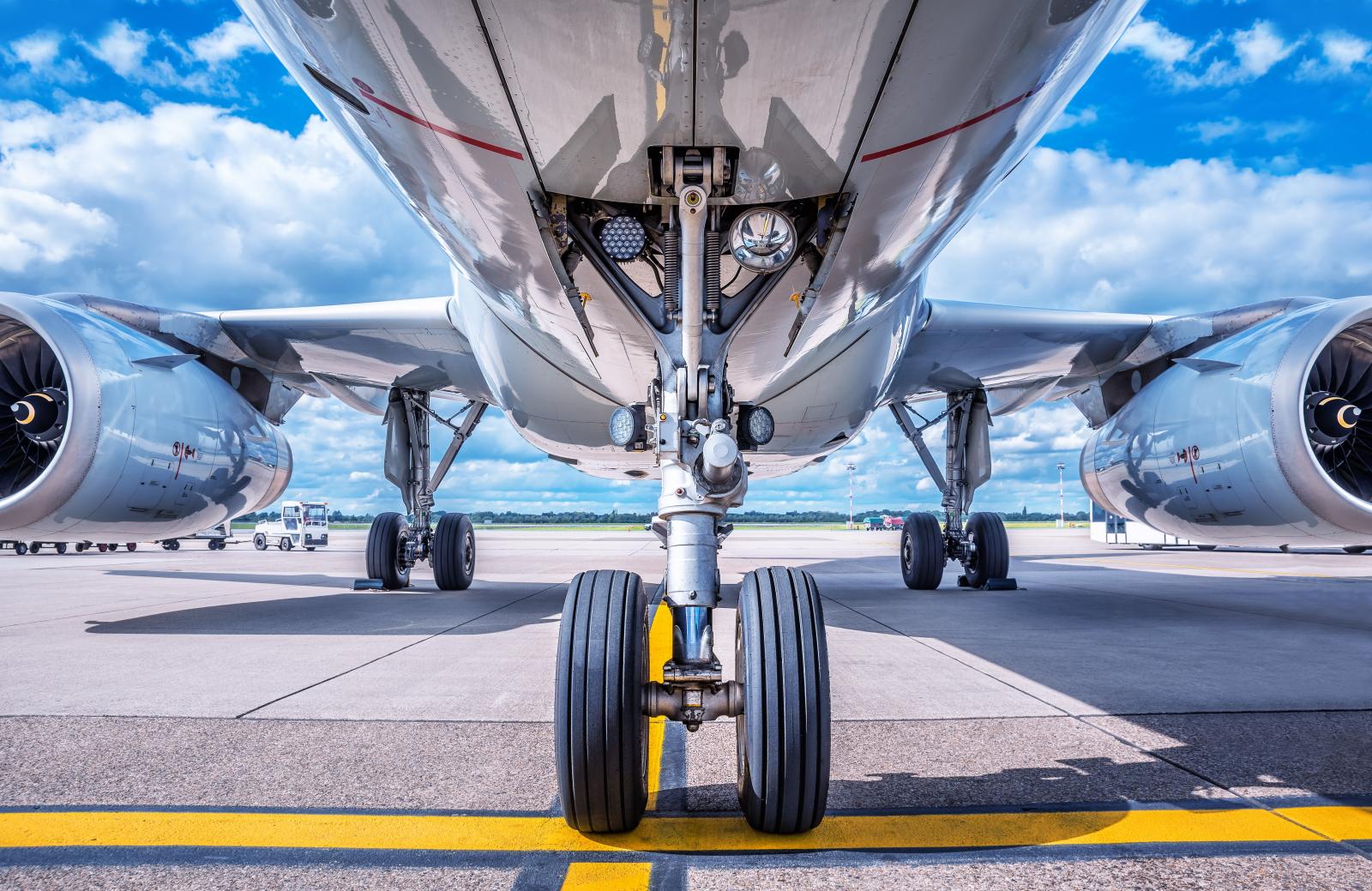
Aerospace and defence engineers looking to reduce weight and improve efficiency, whilst maintaining reliability and lowering whole-life ownership costs, should consider the many benefits of aluminium matrix composites (AMCs).
AMCs offer enhanced product capability around performance, mobility, sustainability and reliability, and are ideal for specific applications, such as struts, linkages, panels and tubes for use in land, sea and air systems. AMCs also offer superior properties over traditional metals and polymer matrix composites, such as carbon fibre.
A recent aerospace study found that AMCs have a higher specific strength and stiffness (weight to strength and stiffness ratio) than aluminium, steel and titanium. These traditional materials are typically used in linkages and structures that are highly loaded and require low weight for efficiency, while being safety critical.
AMC manufacturer, Alvant, recently completed the study, facilitated by Innovate UK, and lead by Safran Landing Systems, which enabled the design, manufacture and testing of an AMC brake rod.
Current landing gear systems are typically stronger and heavier than necessary, accounting for approximately three per cent of aircraft weight, with a corresponding effect on fuel consumption. The materials used need to provide high strength, high stiffness and low weight with the potential for enhanced damage tolerance while maintaining specific thermal and electrical properties.
The project, titled ‘Large Landing Gear of the Future’ saw a brake rod created from an AMC variant known as ‘AlXal’, which offered:
Enhanced capability - replacement of titanium break rod reduced weight by 40 per cent whilst retaining strength
Raw materials cost savings - a sample large aircraft landing gear component made using titanium has a raw material cost of £50k, selectively using AMC material can reduce this to ∼£10k (vs ∼ £40k for carbon composites)
Operating cost savings - the AlXal brake rod achieved a 0.6% reduction in aircraft weight (a 1% weight reduction equates to ∼1% per annum fuel reduction, yielding around £10m per annum cost savings for a large airline)
Maintenance/ repair cost savings – if a large airline operates three flights per day per aircraft with average airfare per trip of £270, the cost for one day’s maintenance across the fleet is approximately £23m in lost revenue. AlXal has an x4 increase in fatigue strength vs aerospace grade aluminium. Compared to an aerospace grade aluminium Alvant’s AlXal material has been customer tested and increased in fatigue life to failure from 100k cycles, to 4.7million cycles during a back to back test.
Beyond landing gear, Alvant’s AMCs can be precisely tailored for stiffness, strength and density as well as thermal and electrical properties. It is also possible, by using the manufacturers unique Advanced Liquid Pressure Forming (ALPF) method, to selectively reinforce areas of a mechanical component with these high-performance materials in a near net shape manufacturing approach. Alternatively, Alvant’s materials can be cost-effectively applied as discrete inserts into a component where an array of similar inserts meets the performance requirements.